Social Media’s Role in Redefining Beauty Standards
Social media has revolutionized nearly every aspect of modern life, and its influence on beauty standards is no exception.
For decades, beauty ideals for women have been narrowly defined. From Marilyn Monroe’s curvaceous figure in the 1950s to the ultra-thin frames of 1990s supermodels, society’s idea of the “perfect” body has shifted over time. However, a consistent theme has been the pressure on women to conform to a singular standard, often dictated by pop culture and advertising.
In contrast, social media has significantly expanded the definition of beauty. Platforms like Instagram, TikTok, and YouTube now feature creators of all sizes, shapes, and ethnicities. This inclusivity is reshaping how people view their bodies, offering representation that goes far beyond the size 0 models traditionally seen in mainstream media.
Plus Size Becomes the New Norm
As American women increasingly embrace body positivity and size inclusivity, research shows that the average body size is also changing.
A study published in the International Journal of Fashion Design, Technology and Education highlights a shift in what is considered “average.” While it was once commonly stated that the average size for American women was 14, the study reveals that the average woman now wears between a misses size 16 and 18, which corresponds to a women’s plus size 20W. Additionally, the average waist size has increased from 34.9 inches to 37.5 inches over the past two decades.
“We hope this information reaches both the industry and consumers,” said Susan Dunn, one of the study’s lead researchers, in an interview with Today. “Understanding these figures can have a profound impact on women’s self-esteem. The apparel industry needs to recognize that these women are here to stay and deserve inclusive clothing options.”
Why Are American Women Getting Larger?
The average size of American women has increased over the past several decades. According to the CDC, the average weight of an American woman is now approximately 170.6 pounds, compared to 140 pounds in the 1960s. Multiple factors contribute to this trend:
- Lifestyle Changes: Sedentary jobs, higher calorie consumption, and an increased reliance on processed foods play significant roles.
- Cultural Shifts: Greater acceptance and celebration of diverse body types have reduced societal pressure to adhere to extreme dieting.
- Genetics and Environment: Genetic predispositions and environmental factors, such as stress and access to healthy foods, also influence body size.
Beyond Appearance: A Health Perspective
While larger body sizes are increasingly celebrated, the medical implications cannot be ignored. Obesity rates have doubled since 1990, according to the World Health Organization. Social media, while fostering inclusivity, has also been criticized for promoting unhealthy lifestyles and sedentary habits that contribute to weight gain.

The Mayo Clinic emphasizes that “obesity isn’t just a cosmetic issue.” It is a medical condition that increases the risk of numerous health complications, including heart disease, diabetes, high blood pressure, high cholesterol, liver disease, sleep apnea, and certain types of cancer.
A New Era of Beauty
True beauty lies in celebrating individuality rather than conforming to a rigid standard. Social media has been instrumental in spreading this message and has the potential to reshape beauty norms in a positive way when used thoughtfully.
What’s your take on social media’s impact on beauty standards? Share your thoughts and pass this article along to gather more perspectives!
78-Year-Old Goldie Hawn Ages Gracefully and Doesn’t Care About Body Changes
While Goldie Hawn might have been out of the spotlight for the past couple of years, she’s been keeping busy connecting with fans on social media, sharing snaps alongside her family and closest people. Her daughter, Kate Hudson, recently shared a casual snapshot of Hawn that got some of Hudson’s 17 million followers wondering if Hawn might be pregnant.
Goldie is the cutest grandma to her seven grandchildren.
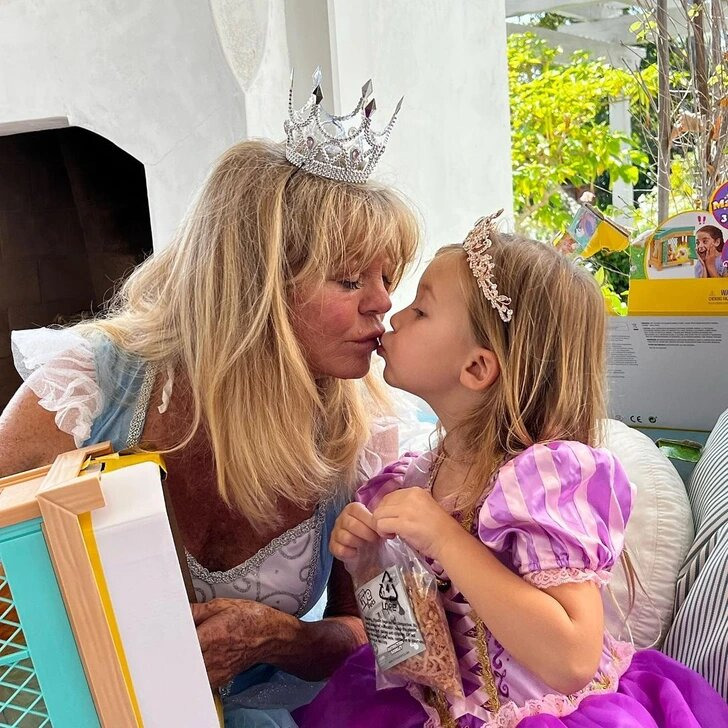
Goldie Hawn is known for being the coolest grandma around. She often shares these adorable moments with her fans, giving us a peek into the special connection she has with each of them. Plus, that’s not an easy job when you’re the grandma to seven grandchildren. Indeed, Hawn and her longtime partner Kurt Russell are grandparents to Kate’s three kids — Rani Rose, Bingham, and Ryder; Oliver’s three kids — Bodhi, Wilder, and Rio; and Wyatt Russell’s son, Buddy Prine, whom he welcomed in 2021.
Hawn couldn’t be happier with how her children’s lives are turning out and how they’re doing so well in their careers, but now she’s thrilled to be moving forward in life and sharing her wisdom with her grandkids, too. She emphasized the importance of hard work, compassion, and staying grounded, values instilled in her by her father: «And I’m passing that on because that was what my father taught me: Stay in reality. Don’t get taken away with everything.»
Hawn continued by expressing that the rest of the journey is in the hands of her children. She mentioned the importance of being present for them and understanding that they will need to resolve their own challenges, even though it may be difficult.
Her daughter Kate shared a carousel of family moments.
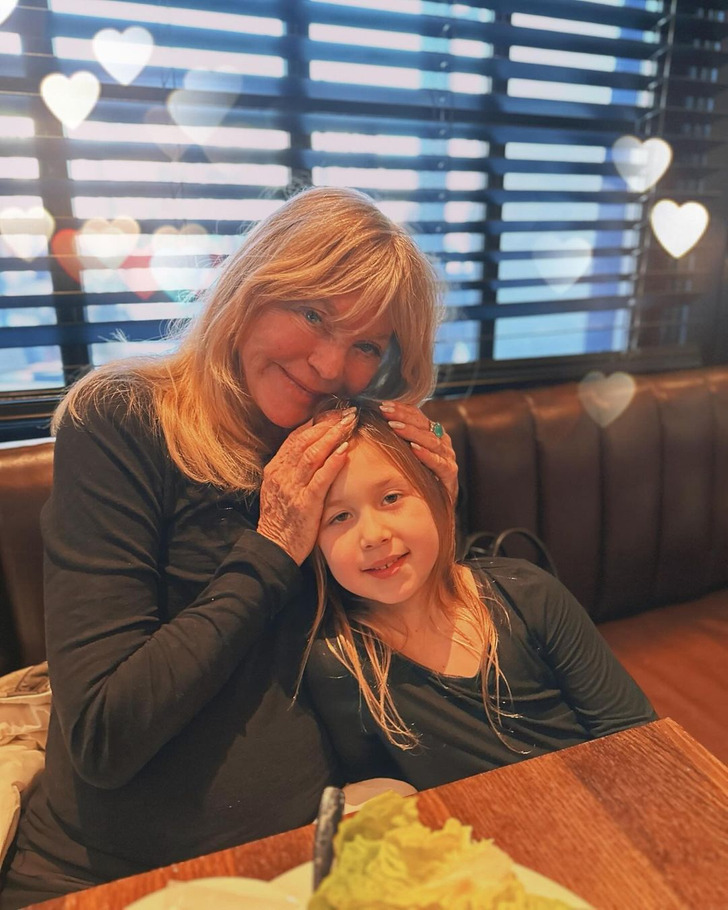
Kate shared a lovely photo on Instagram capturing her mother and daughter, Rani Rose Fujikawa, bonding, alongside a series of candid family snapshots from their household. The images gave a glimpse into the warm and inviting atmosphere of the Hudson home, guided by Kate and her fiancé, musician Danny Fujikawa.
The picture shows Goldie Hawn and her granddaughter sharing a beautiful moment captured in a touching scene, with Hawn leaning over to lovingly embrace the girl, both dressed in relaxed outfits. In the photo, Hawn looked laid-back in a comfy gray outfit, her hair flowing freely as she shared a warm smile.
But people found something «weird» in this snap
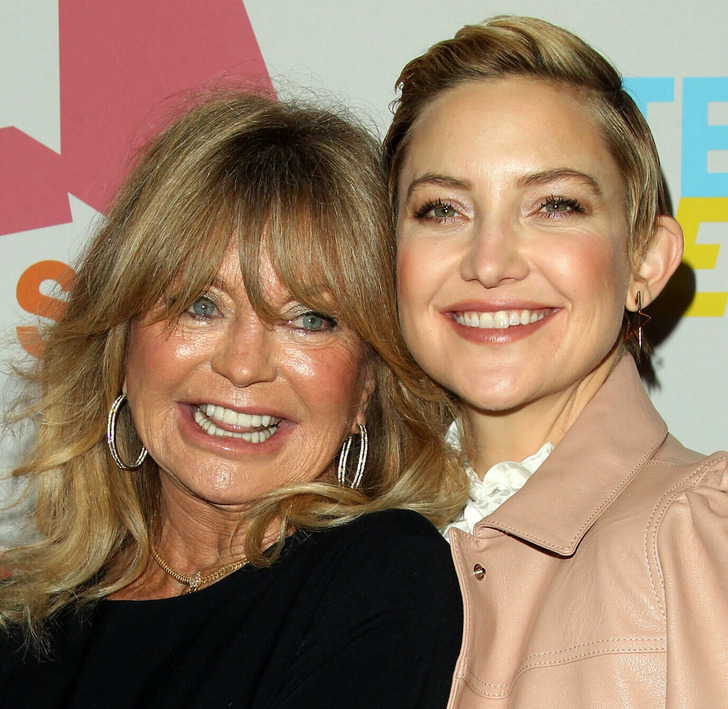
Observers noted the way Rani leaned against Hawn, combined with the lighting and wrinkles of Hawn’s shirt, led some to speculate that Hawn might be pregnant, sporting what appeared to be a baby bump. «Goldie looks pregnant, no? Is it just my imagination?» one commenter pondered. Another echoed the sentiment, questioning, «Why does she look pregnant?» However, amidst the speculation, there were also concerns for Hawn’s well-being. «I hope Goldie is well?!» one follower expressed.
Goldie always takes great care to maintain her fitness.
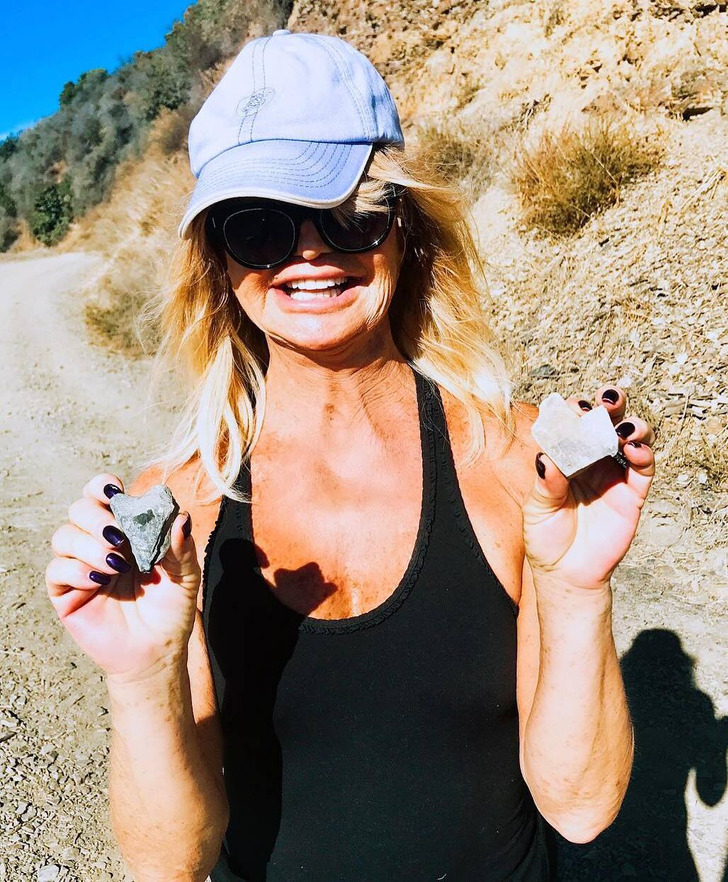
But Hawn Instagram page is not just about family moments, and people’s comments. From time to time, her social profile is like a goldmine for solid advice, especially when it comes to staying healthy and looking fabulous as you age. At 78, she’s rocking it, showing off her killer fitness and healthy eating habits that are total goals. Want to know her secrets?
Goldie’s diet is all about keeping it simple and healthy. No dairy, no sugar, no wheat. Instead, she starts her day with a green juice packed with kale, green peppers, parsley, and celery. Hawn’s holistic approach extends beyond diet to encompass her beauty practices, as she reveals a preference for chemical-free hair care.
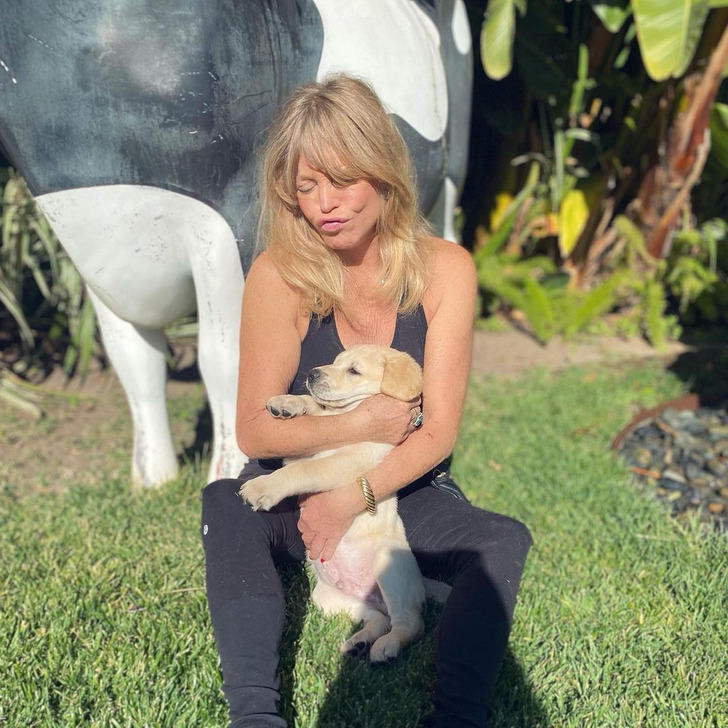
Goldie’s stunning, golden locks aren’t just a coincidence of her name; they’re a result of her choice to steer clear of hair coloring treatments. Her commitment to embracing natural beauty stands out as a refreshing break from the usual norms.
As a symbol of graceful aging, Goldie Hawn radiates wisdom and serves as an inspiration not just for her peers, but for anyone looking to embrace aging with grace and energy. By openly sharing her fitness and skincare secrets, she empowers others to find their own paths to well-being and self-love.
We adore Goldie and her entire family, regardless of any speculation or negative comments from others. But you know what we cherish even more? The beautiful bond that she and her partner, Kurt Russell, share.
Preview photo credit katehudson / Instagram


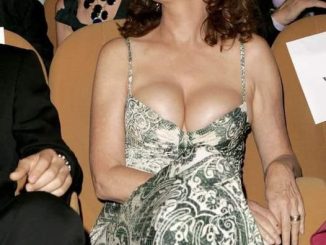

Leave a Reply